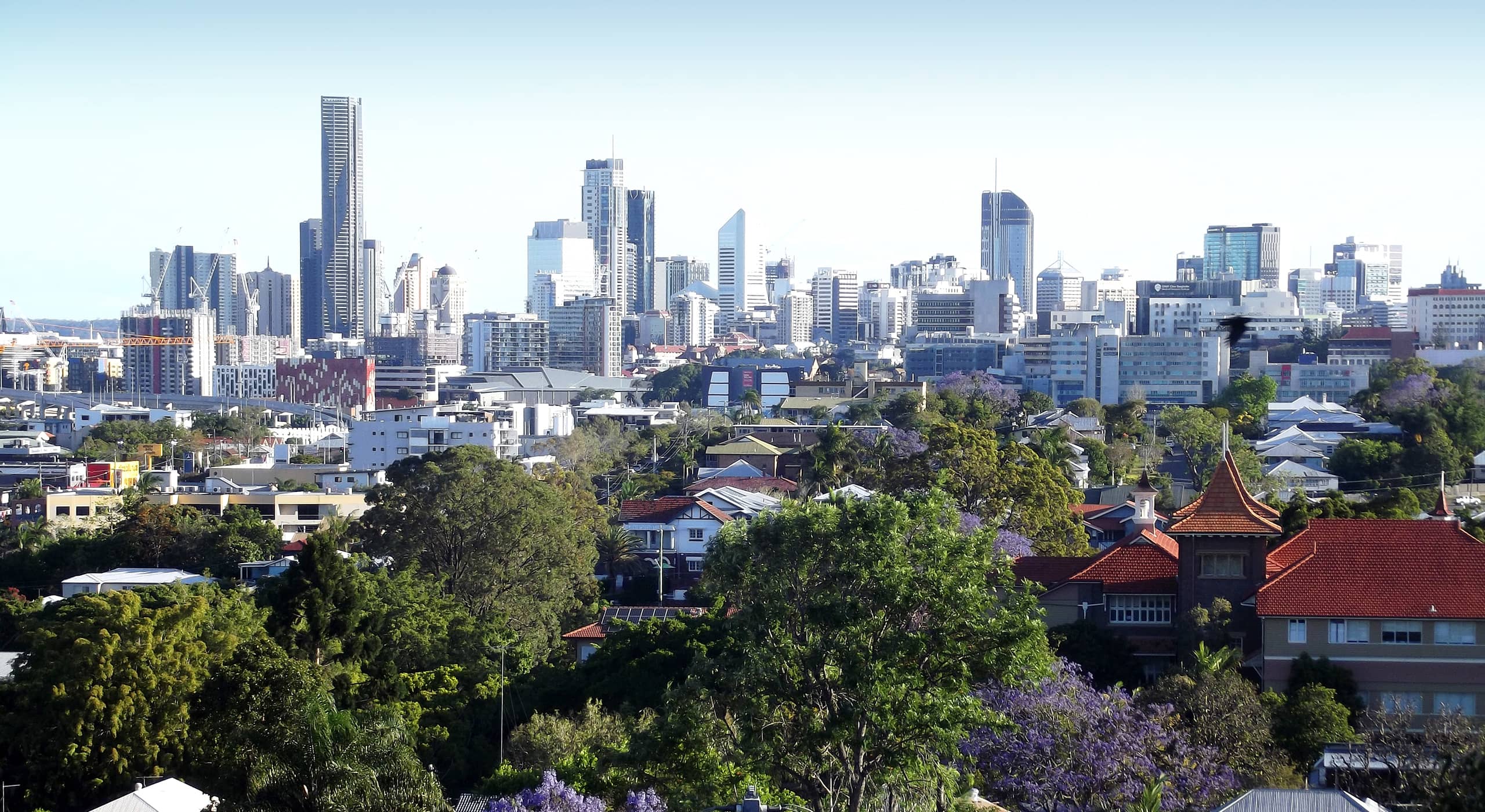
An interesting fact in the latest Australian Bureau of Statistics Housing Finance data was the continued trend towards fixed rate loans. The data showed that over the month of November 11.1% of borrowers opted for a fixed rate mortgage; that’s the highest percentage of fixed rate commitments since June 2008. It’s interesting in the sense that rate cuts were widely anticipated prior to the first actual cut in November; in fact speculation that interest rates could potentially fall started as early as July 15 when Westpac’s Bill Evans made the call that rates were likely to start heading south –by August Bill’s early call was more widely accepted. Why then was the proportion of fixed rate loans still increasing? Likely the answer comes back to consumer conservatism and the desire for certainty in mortgage payments.
Another reason for the upswing in fixed rate mortgages comes back to the widening gap between variable and fixed rate loans. In November, the average interest rate on a three year fixed loan was 6.4% compared with the average variable rate of 7.55% – a gap of 1.15 percentage points which is only slightly lower than the October 2011 gap which was 1.3 percentage points (the largest positive gap on record). We would need to see more than four standard (ie 25 basis points) rate cuts (fully passed on by the banks) for the variable rate to get this low. Clearly many borrowers saw the value in locking their mortgage into a fixed rate when the variable rate was so much higher.
Of course the cash rate (and variable rate) has been cut twice since the start of November and by January the average standard variable rate was 7.3%. The average three year fixed rate has fallen to 6.35% – a slightly narrower gap of .95 basis points. With further speculation about rate cuts over 2012 (financial markets are predicting rates will fall by almost another 100 basis points by the end of this year) we may find that fixed rates slip a bit further yet.
It’s interesting to look back at how consumers chose to structure their loans during the 18 months leading up the GFC. At the time housing values were surging (firstly in Perth, then in Brisbane, Melbourne and Adelaide), interest rates were accelerating upwards and the absolute severity of the looming GFC simply wasn’t on the radar. More than a quarter of new housing loans were locked into a fixed rate contract just before the peak of the interest rate cycle (average variable interest rate peaked at 9.6% in July/August 2008. Those that fixed their rates at this time were soon to be sorely disappointed because rates took a swift diver to historic lows from September 2008.
That large hump of fixed rate mortgages have been expiring and continue to work their way through the refinance process – one of the reasons that refinance activity has been consistently trending upwards (up 12.5% on a year ago based on the November ABS data).
So the big question is, for prospective home buyers, would you opt for a fixed or variable rate mortgage?


